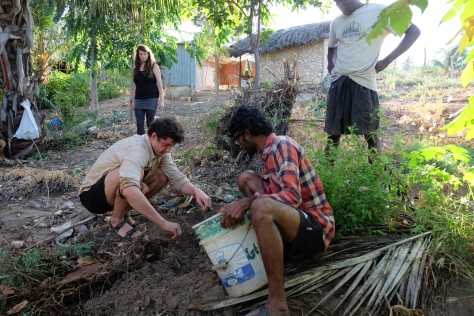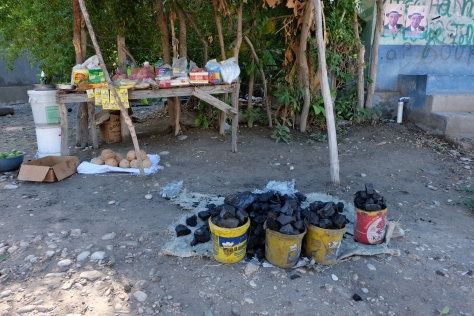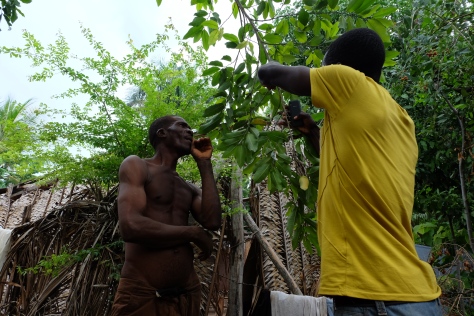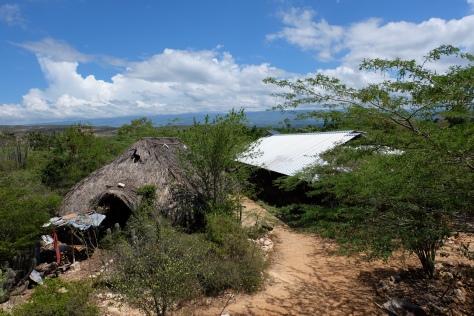
Haiti is infamous for extensive deforestation, less tha 4% of its original forest cover remains, which in addition to threatening many of its endemic trees with extinction has also increased the destructive impact of natural disasters of which there have been several in the last couple of decades. Deforestation is widely recognized as a significant threat to the well-being and security of Haitians and as a consequence many projects have been set up to plant trees, some more successful than others. Probably the biggest challenge to reforestation is to ensure that the communities involved are engaged and that they feel that the benefits of protecting and looking after a tree outweigh the sacrifice involved in not converting it to charcoal for cooking. Charcoal is the main fuel in rural areas and demand for it is high, a small bucket costing up to US$2 leading people to burn cacti to produce it. One NGO which seems to have been successful in engaging rural communities to grow and protect useful tree species has been Sadhana Forest Haiti

One of the difficulties for NGOs reforesting in any country is access to the scientific information necessary to make choices about what is grown: will a species grow in the chosen sites? How quickly will it grow? Will local people recognise it as a species of value to be protected? Will it support livelihoods? Where can seed be obtained from? How does it germinate? Is it native? What is its conservation value? This information can be tricky to get hold of, especially in countries with little botanical capacity or knowledge repositories. Often the result is that the species selected are those for which seed can be obtained and that are very well known to be of livelihood value, normally non-native species such as avocado, mango, eucalyptus of little conservation or biodiversity value but highly recognizable. Some native and especially endemic species for which knowledge of livelihood value is likely to be restricted to older members of a community or a small number of botanists and whose propagation and germination requirements are less well known will be harder for NGOs to incorporate.

RBG Kew has been working in neighboring Dominincan Republic for several years and has developed a strong relationship with the Dr. Rafael Moscoso National Botanical Garden, an institution with an active botanical community and seed bank. This represents an opportunity to share some of the knowledge and expertise on additional potential native plants with Sadhana Forest and the households that they work with. To this end I spent a few days visiting Sadhana Forest Haiti and some of the households. I was struck with the commitment and planning behind Sadhana Forest, who with few resources have provided several thousand seedlings to thousands of households in a region spanning Haiti’s south eastern border with the Dominican Republic. Hopefully, in collaboration with the Dr. Rafael Moscoso National Botanical Garden and Kew we will be able to introduce more native species of livelihood value to be planted in the future.

